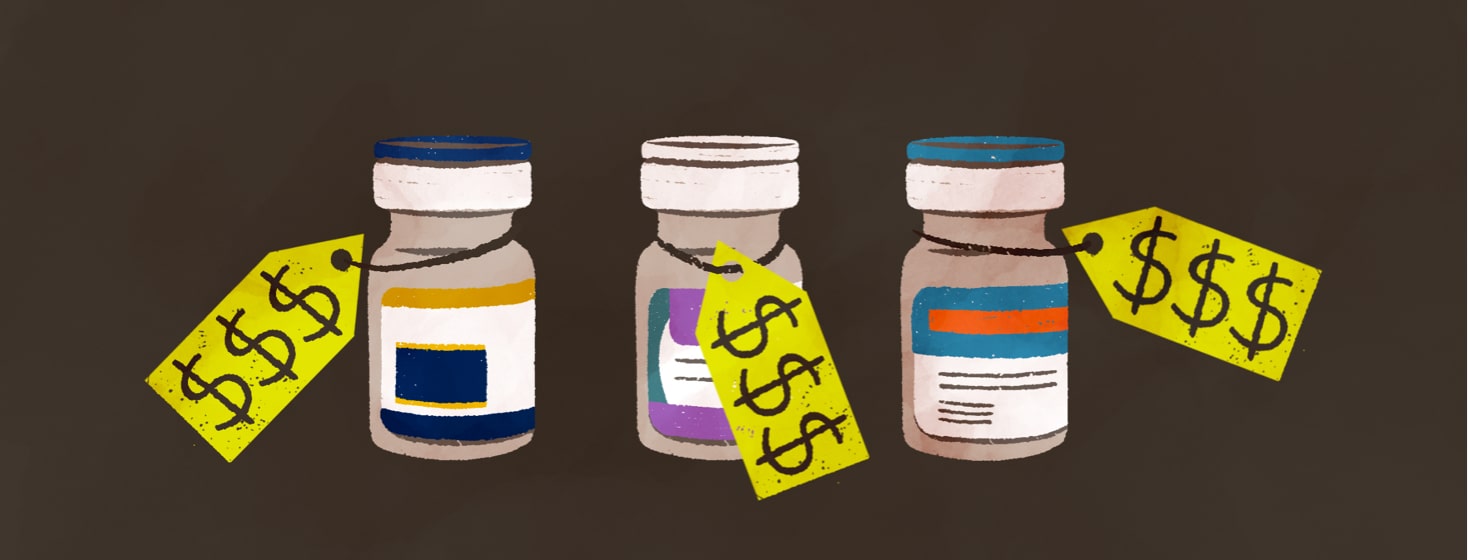Resources for Reduced Cost Healthcare
Editor’s Note: This article was originally shared by our sister site, AtopicDermatitis.net and was written by Katie Van Horn.
Prescriptions, scent free laundry detergent, over-the-counter products, special cleaning products, all these items can add up and can make living with or caring for someone with chronic hives expensive. There are resources for those who may need assistance with paying for some of the healthcare costs associated with having chronic hives.
Access to free or reduced cost healthcare
For many people living in the United States, the cost of healthcare can be a big expense and it can be difficult for many to afford it. A look at some programs that may be able to provide reduced cost of care.
Federal and state programs
Medicaid and the Children’s Health Insurance Program (CHIP) are programs run by the government that provide either free or low-cost health coverage to Americans. These programs can help cover those who may not otherwise be able to afford care as well as cover some special populations which include: some people who have lower incomes, children and family members, people with disabilities, women who are pregnant and the elderly. Each state typically has their own website dedicated to applying for Medicaid or CHIP. You can also begin at Healthcare.gov to start and find more information about the programs.
Community health centers
There are options in the U.S. if you are unable to afford a health plan and do not qualify due to your income for a coverage program such as Medicaid or the Children's Health Insurance Program (CHIP). There are community health centers located throughout the United States that offer low-cost care. The costs are typically on a sliding scale, so you will have to provide proof of income. Community health centers can provide both primary care as well as referrals for those who may need additional specialty care such as a dermatologist. To locate a community health center in your area use the Department of Health and Human Services website which has a locator by state. If interested in finding a center near you use the zip code search box at the top of the website.
Hill-Burton Program
Healthcare facilities that receive financial assistance under Title VI and XVI of the Public Health Service Act (also known as Hill-Burton Act) must provide free or subsidized care to a portion of the patients that live in their community. The vast majority of the hospitals who receive the financial assistance are U.S. non-profit hospitals who must provide evidence of their community benefit to keep their tax-exempt status. Often times the most common ways to meet the community benefit obligation is by providing care to those who are uninsured. There is a list of Hill-Burton facilities through HRSA's website.
Getting assistance with prescription costs
There are a couple websites that provide information on patient assistance programs specifically for prescriptions.
- NeedyMeds: NeedyMeds is a helpful website that can connect people to prescription assistance programs for a particular medication.
- RxAssist: RxAssist has a list of different patient assistance programs. They also offer coupons and other tools on their site.
- Partnership for Prescription Assistance: The PAN Foundation helps people with chronic diseases including atopic dermatitis, pay for prescriptions.
Pharmaceutical patient assistance programs
You can also look into whether or not a pharmaceutical company has a patient assistance program (also known as PAPs). PAPs are created by a drug company in order to offer free or low-cost drugs to those who may not be able to afford the medication otherwise. These programs are not required they are voluntarily created and offered by the companies. Since there is no body governing PAPs each program at each company may vary in what they offer. It may require some searching on a company's website to locate their patient assistance programs. You can also use one of the above-mentioned websites to help locate whether or not a medication is part of a PAP.

Join the conversation